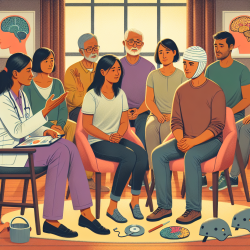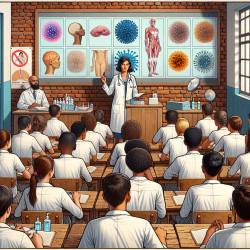In the ever-evolving field of special education and therapy services, staying informed about the latest research is crucial for practitioners aiming to enhance their skills and improve outcomes for students. One such pivotal piece of research is presented by the National Science Foundation, offering valuable insights that can be leveraged by practitioners to refine their practice.
Understanding the Research
The research conducted by the National Science Foundation provides a comprehensive analysis of innovative strategies and methodologies that can be applied in educational settings. The study emphasizes the importance of integrating technology into therapy services, particularly in overcoming therapist staffing shortages—a challenge many school districts face today.
Implementing Research Outcomes
Practitioners can take several actionable steps to implement the findings from this research:
- Adopt Online Therapy Platforms: Utilizing online therapy platforms such as TinyEYE can help bridge the gap caused by staffing shortages. These platforms offer flexibility and accessibility, ensuring students receive consistent support.
- Continuous Professional Development: Engage in ongoing training and webinars to stay updated with the latest technological advancements and therapeutic techniques.
- Collaborative Networking: Attend conferences and network with other professionals to exchange ideas and best practices. This collaboration can lead to innovative solutions tailored to specific challenges faced in different educational settings.
Encouraging Further Research
While implementing current research findings is essential, practitioners should also be encouraged to conduct further research or engage with new studies. This proactive approach ensures that therapy services remain effective and responsive to changing needs.
The field of special education is dynamic, requiring practitioners to be adaptable and informed. By engaging with research like that of the National Science Foundation, professionals can significantly enhance their skills and contribute to improved student outcomes.
To read the original research paper, please follow this link: A National Science Foundation.










